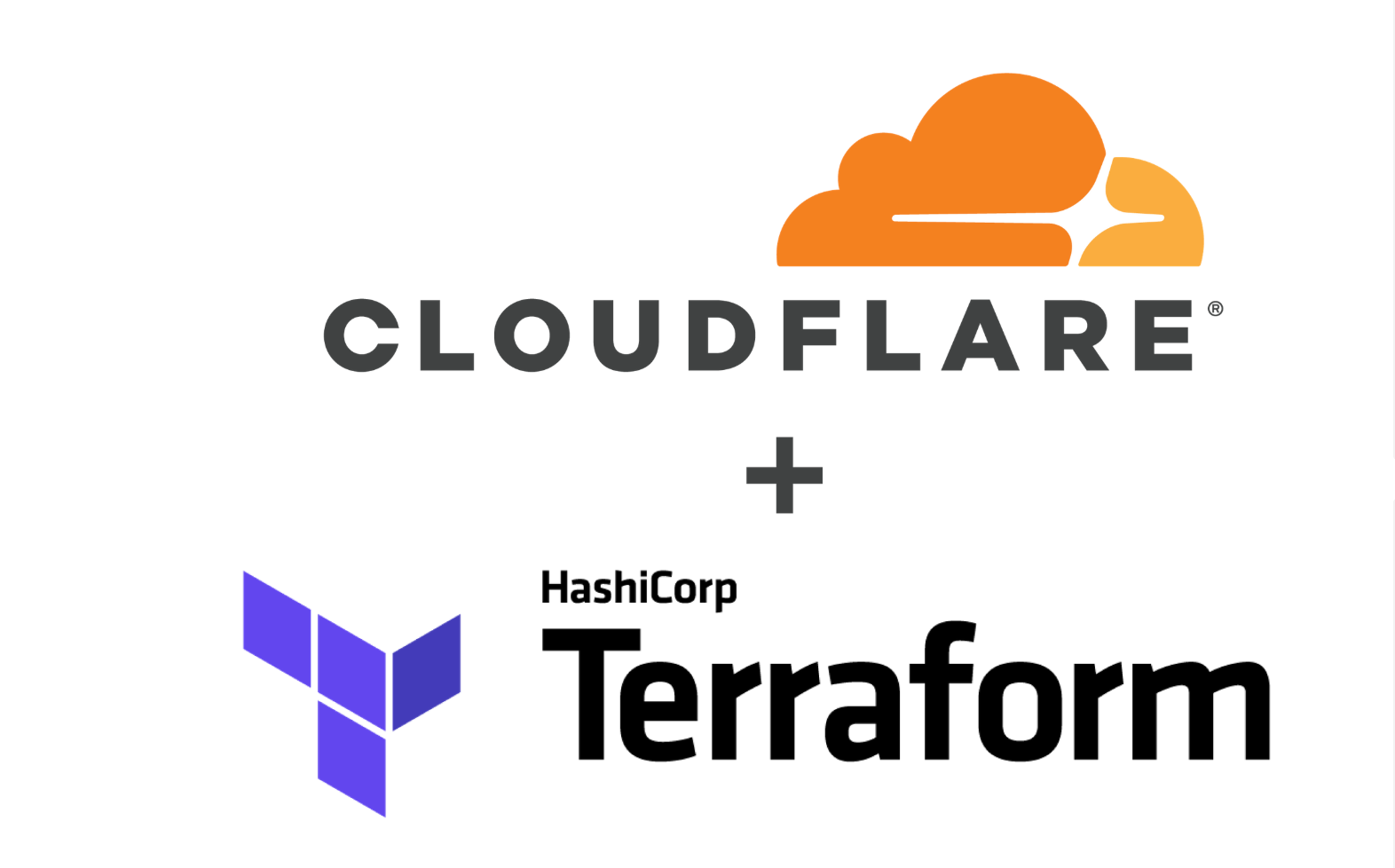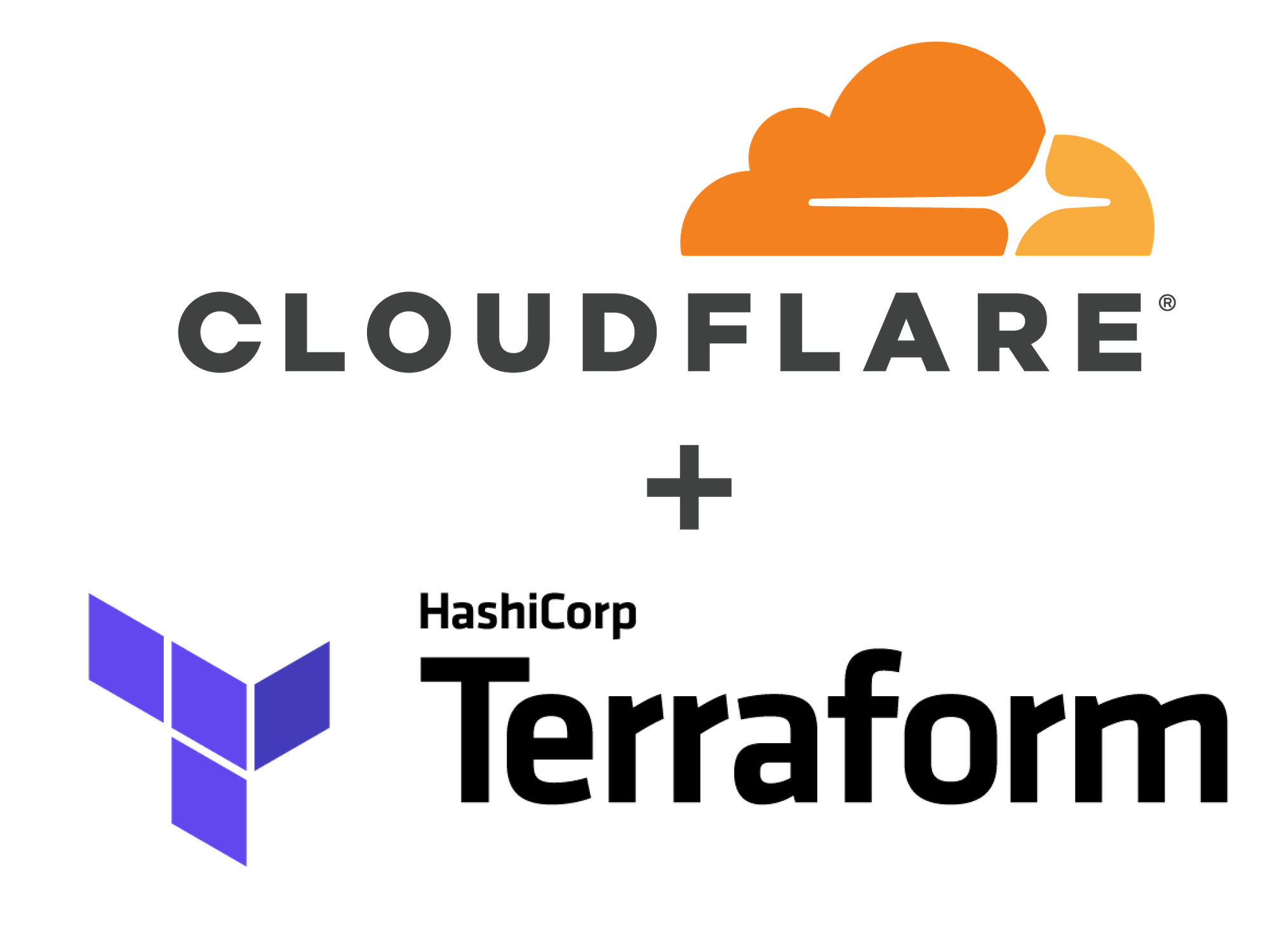Video: What Is SDWAN?
Pradosh Mohapatra, the author of last week’s SD-WAN Overview webinar started his presentation with a seemingly simple question: What Is SD-WAN?
You need at least free ipSpace.net subscription to watch his answer.
GSMA: 5G Adoption in US and Canada Will Outpace Asia, Europe
 The GSMA Mobile Economy report predicts that there will be 200 million 5G mobile connections in the U.S. and Canada by 2025, putting it ahead of Europe and key Asian markets.
The GSMA Mobile Economy report predicts that there will be 200 million 5G mobile connections in the U.S. and Canada by 2025, putting it ahead of Europe and key Asian markets.
AWS Offers Affirmed Networks’ Virtual EPC as a Hosted Service
 The service is targeted to mobile virtual network operators, cable operators that want to provide a mobile service, and traditional mobile operators that want to expand outside of their footprint.
The service is targeted to mobile virtual network operators, cable operators that want to provide a mobile service, and traditional mobile operators that want to expand outside of their footprint.
Samsung Rides OpenStack, Container Environment for 5G
 The vendor is taking advantage of OpenStack and virtualization platforms like containers and the container environment.
The vendor is taking advantage of OpenStack and virtualization platforms like containers and the container environment.
BiB 055: Meta Networks Brings SD-Perimeter To Talari’s SD-WAN
In this briefing, Meta Networks discussed their new partnership with Talari. Talari is an SD-WAN provider for enterprises. Meta is providing remote access. Therefore, what you’ve got with the Talari/Meta partnership is a full-featured WAN solution.
The post BiB 055: Meta Networks Brings SD-Perimeter To Talari’s SD-WAN appeared first on Packet Pushers.
Arista Acquires Metamako, a Provider of Low-Latency FPGA Products
 Metamako provides 4 nanoseconds of latency, advancing the “race to zero.” The acquisition will boost Arista's product line targeted at financial services.
Metamako provides 4 nanoseconds of latency, advancing the “race to zero.” The acquisition will boost Arista's product line targeted at financial services.
Samsung Leads Datrium’s $60M Series D Round
 Datrium says its software simplifies hybrid cloud compared to traditional storage systems and hyperconverged infrastructure.
Datrium says its software simplifies hybrid cloud compared to traditional storage systems and hyperconverged infrastructure.
Lenovo and NetApp Launch Storage Products, New Company in China
 The new Lenovo-branded products will combine NetApp’s all-flash data management and storage software with Lenovo’s servers.
The new Lenovo-branded products will combine NetApp’s all-flash data management and storage software with Lenovo’s servers.
Securing Hyperconverged Systems: Why Traditional Security Tools Won’t Work
 Securing hyperconverged infrastructures requires a policy-based approach that intertwines security with applications.
Securing hyperconverged infrastructures requires a policy-based approach that intertwines security with applications.
Flat Networks Spur IT Innovation
 Flat networks make it possible to centrally provision resources without having to reconfigure policies.
Flat networks make it possible to centrally provision resources without having to reconfigure policies.
Deploy Workers using Terraform


Today we're excited to announce that Cloudflare Workers are now supported in the Cloudflare Terraform Provider.
Terraform is a fantastic tool for configuring your infrastructure. Traditionally if you wanted to spin up, tear down or update some of your infrastructure you would have to click around on a website or make some API calls, which is prone to human error. With Terraform, you define your infrastructure in simple, declarative configuration files and let Terraform figure out how to make the API calls for you. This also lets you treat your infrastructure like your code. You can check your Terraform configuration files into version control and integrate them into your normal software development workflow.
Terraform integrates with many infrastructure providers including Cloudflare. If you'd like to read more about setting up Terraform with Cloudflare, check out Getting started with Terraform and Cloudflare. In this post, I'm going to focus specifically on how to integrate Cloudflare Workers with Terraform.
In this example we're going to create partyparrot.business, and we're going to serve the whole site out of a worker without any origin server. We're starting from scratch here, but if you're already using Cloudflare workers and want to migrate to Continue reading